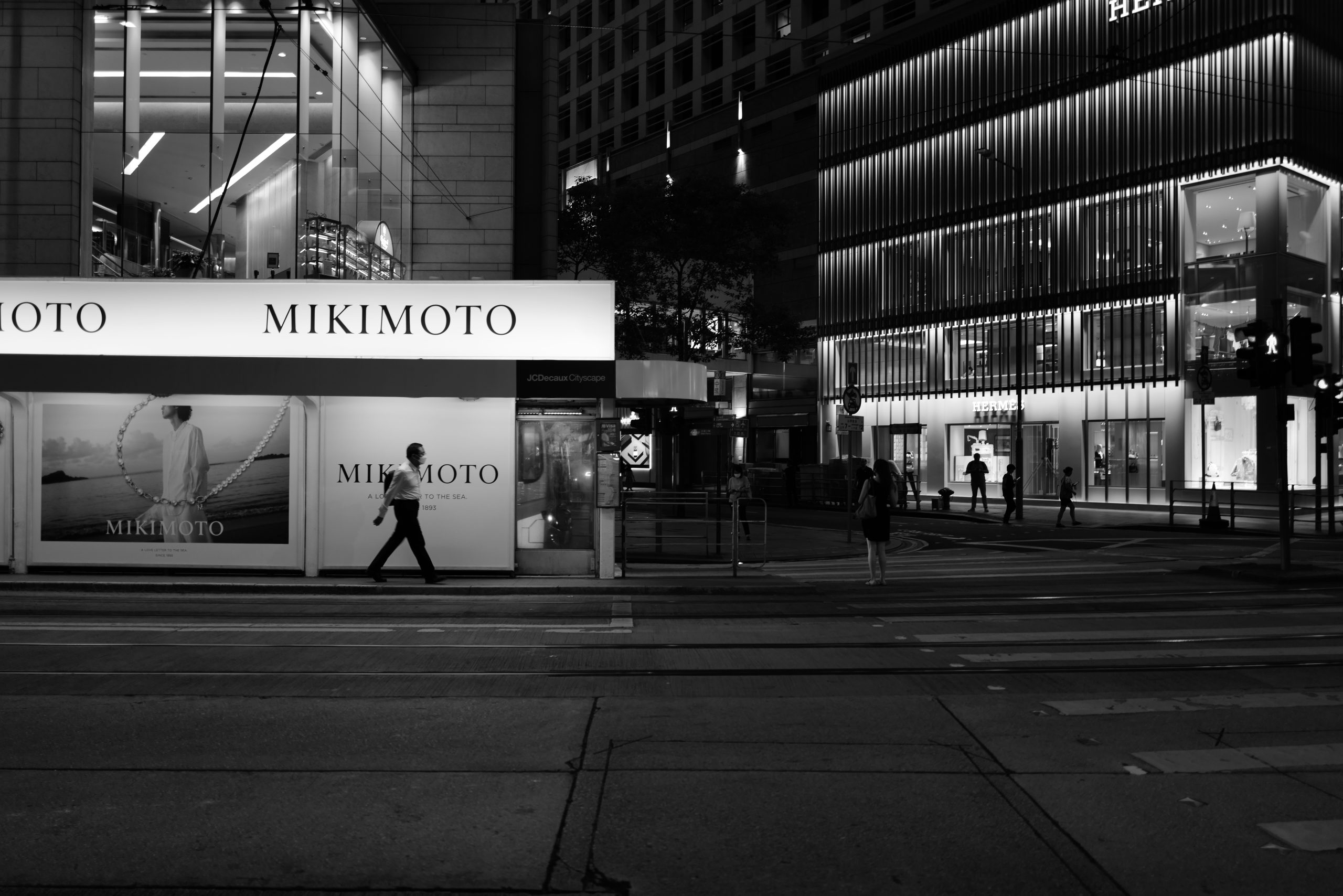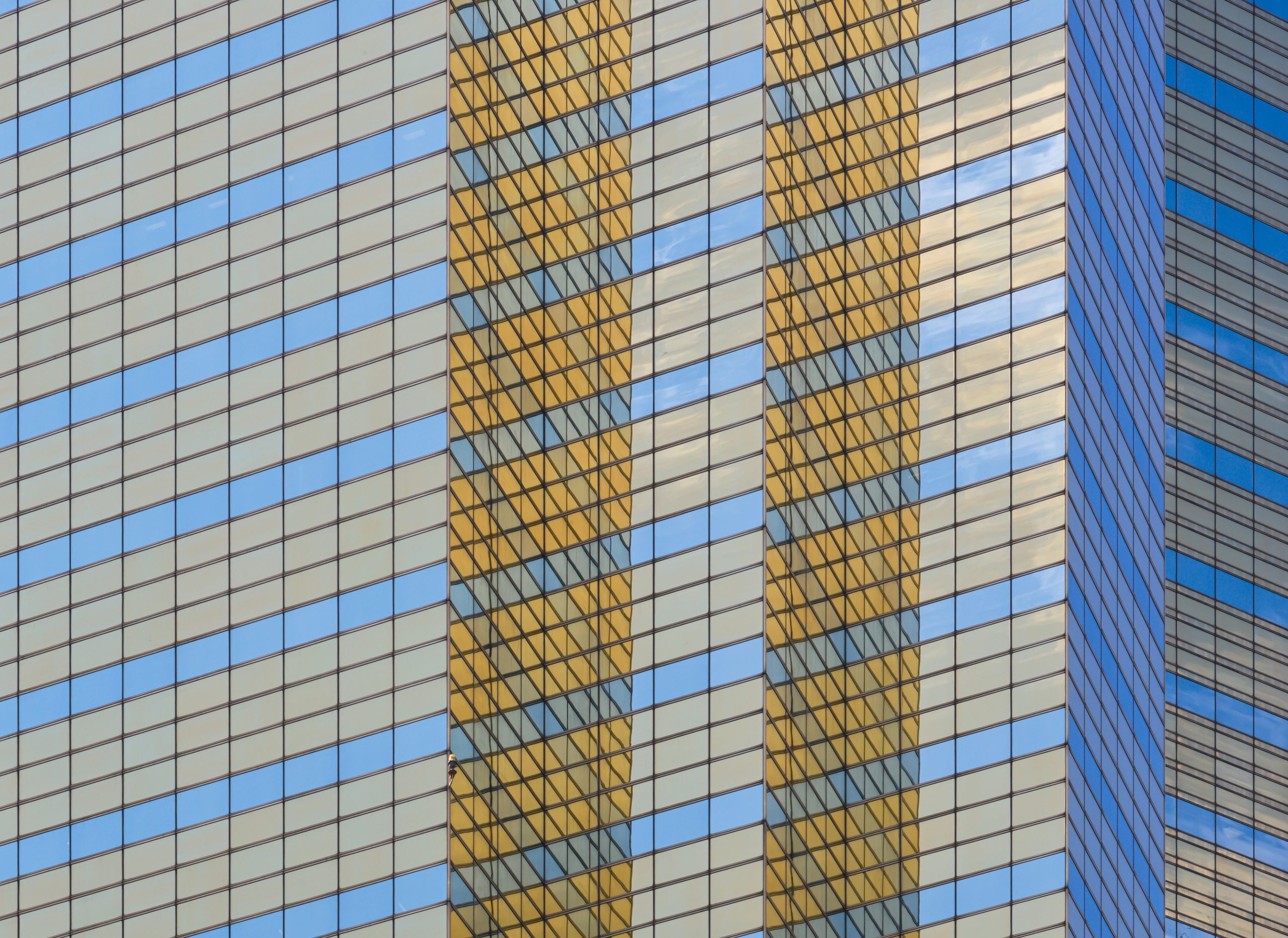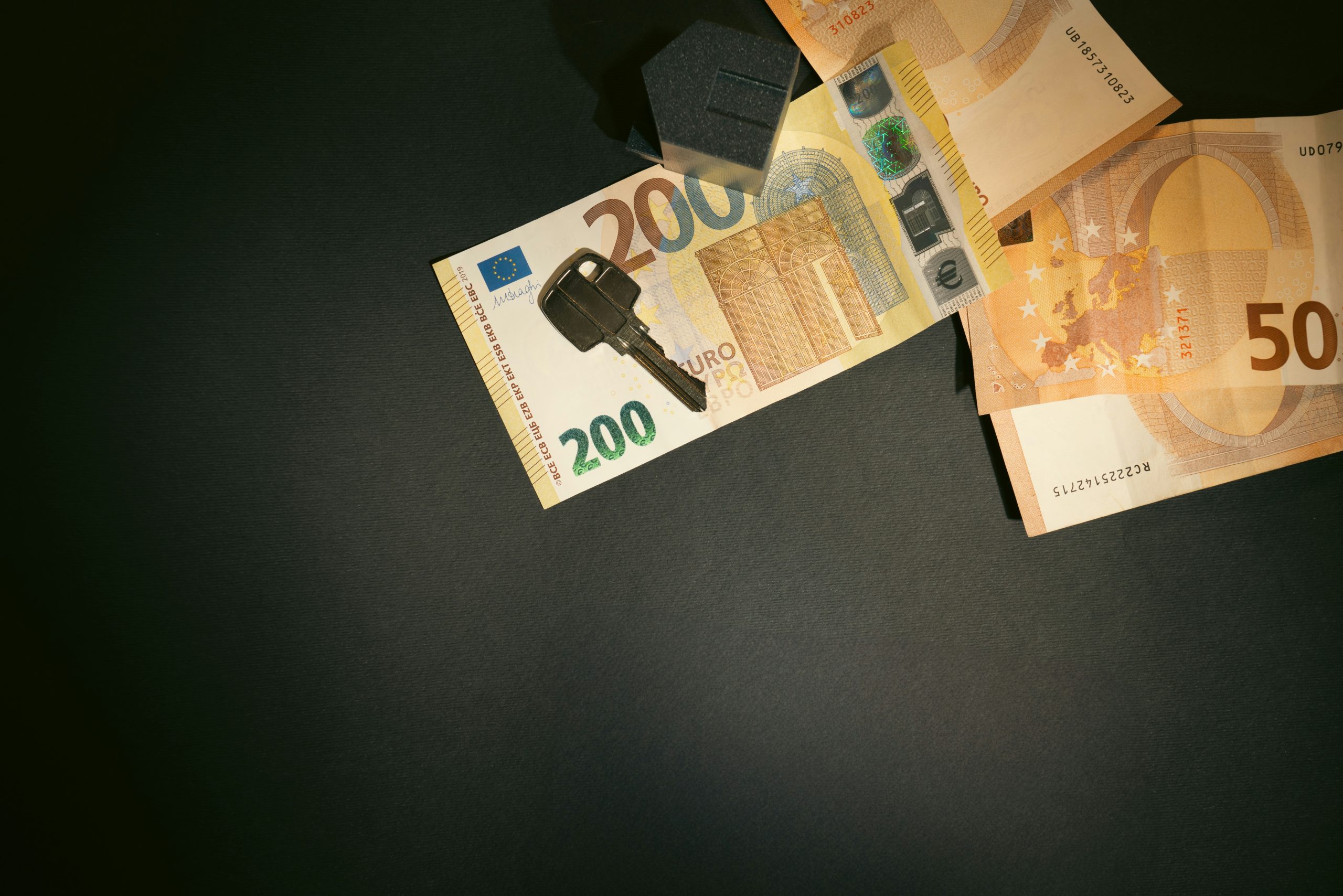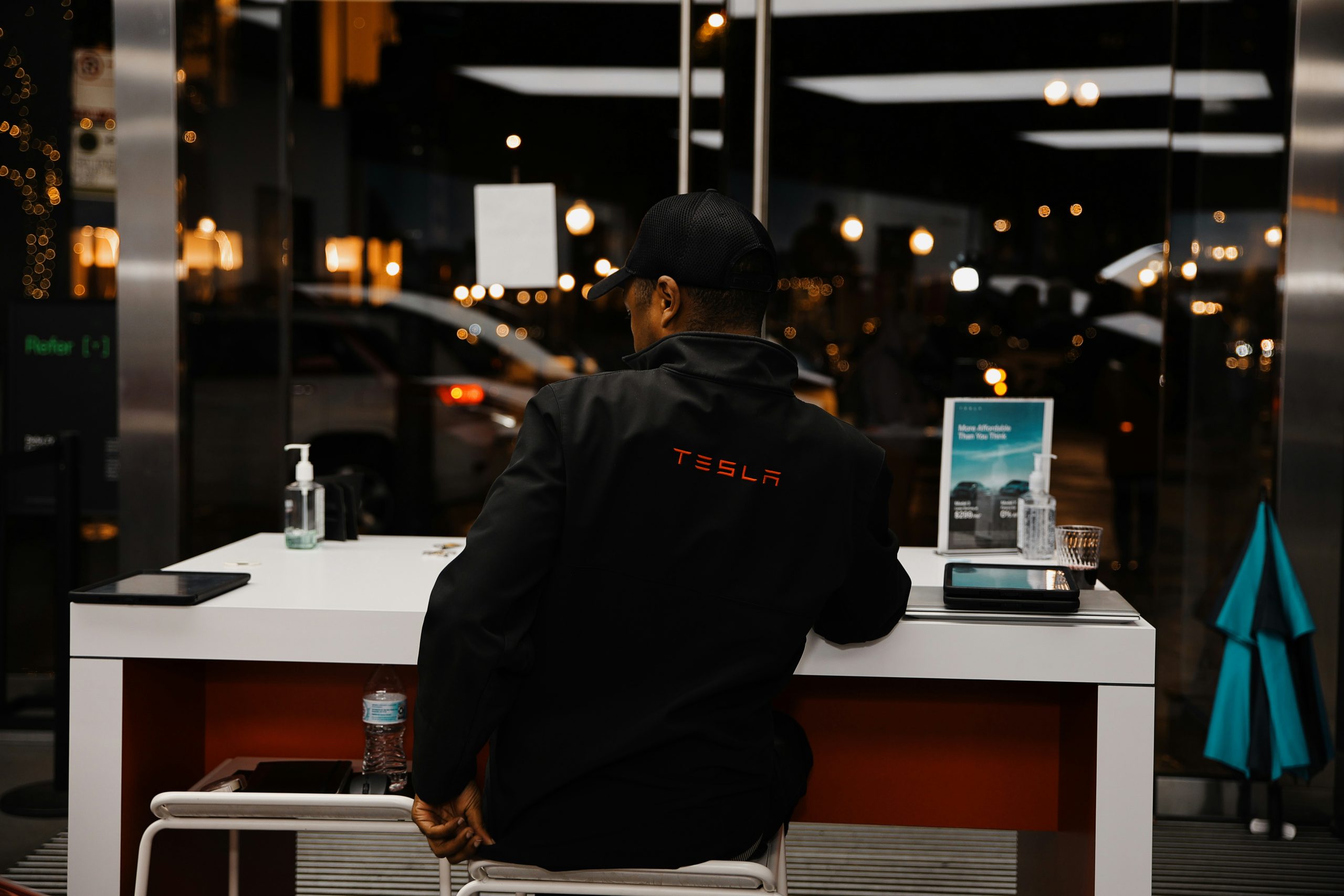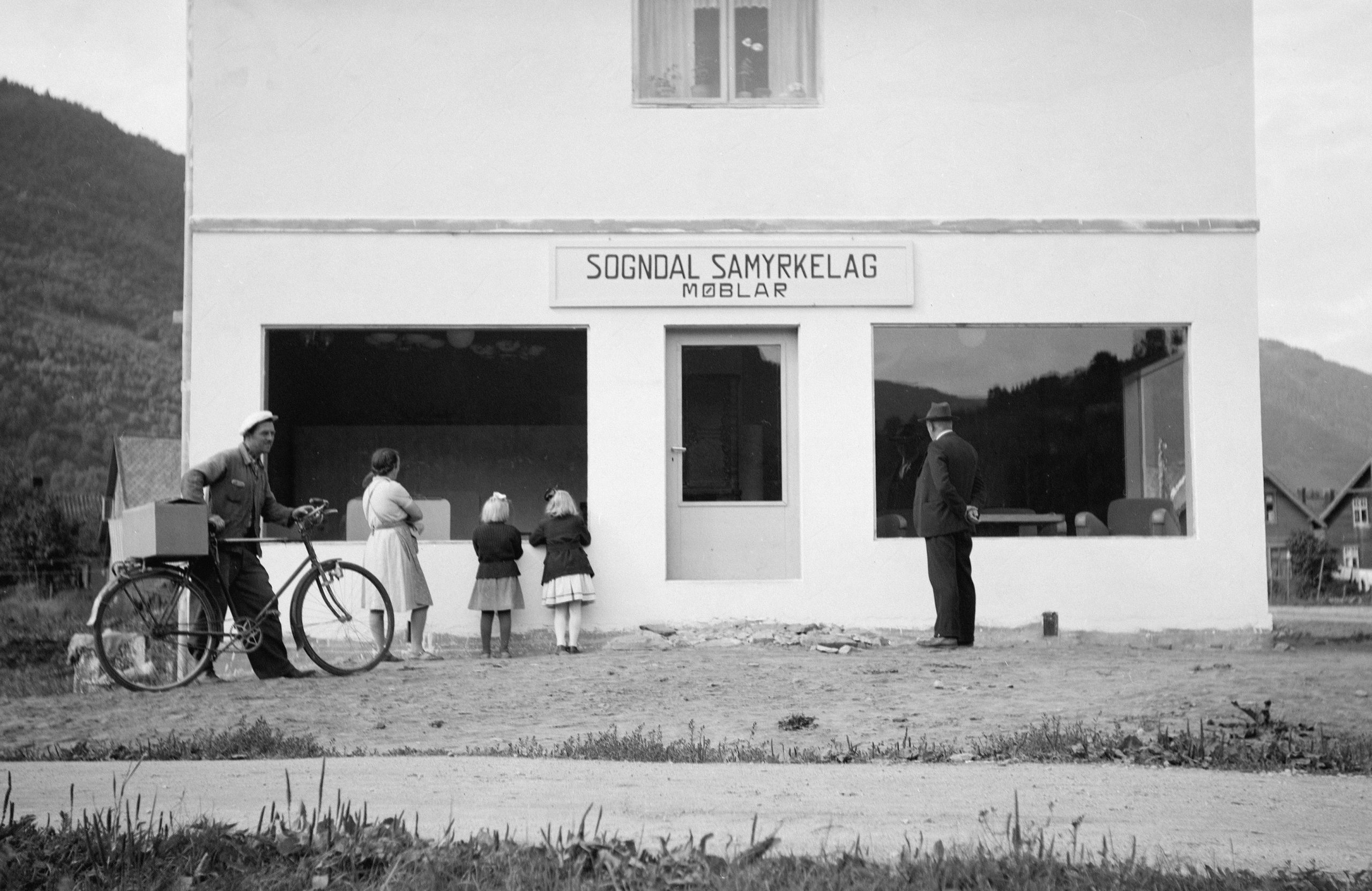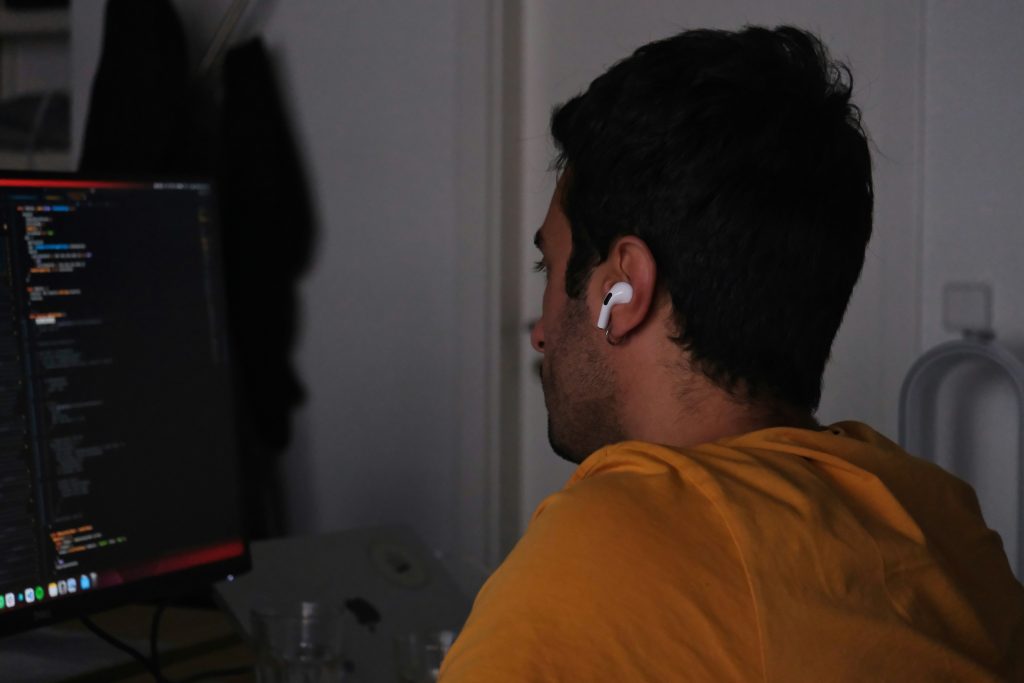Breakthrough Study Suggests Authenticity of the Shroud of Turin Linked to Jesus Christ
A recent groundbreaking study utilizing advanced X-ray analysis has sparked a renewed interest in the Shroud of Turin, believed by many to be the burial cloth of Jesus Christ. This study, conducted by a team of Italian scientists, presents compelling evidence that could confirm the cloth's origins dating back to the time of Christ. The Shroud has long been a subject of debate, with its authenticity questioned by skeptics and embraced by believers for centuries.
In addition to the scientific analysis, artificial intelligence has played a pivotal role in this exploration. Using AI-generated technology, researchers have recreated striking images that depict detailed facial impressions based on the Shroud's markings. These images offer a remarkable glimpse into how Jesus Christ may have appeared, further igniting discussions around the Shroud's significance.
The Shroud of Turin is a linen cloth that bears the faint image of a man who appears to have suffered physical trauma consistent with crucifixion. This has led many to believe that it served as the burial shroud for Jesus Christ following his crucifixion. However, the authenticity of the Shroud has been the subject of heated debate among scientists, theologians, and historians.
The first photographic image of the Shroud was captured back in 1898 by an Italian lawyer and amateur photographer, Secondo Pia. His black-and-white image revealed the enigmatic figure that many believe depicts Jesus, which has since fueled countless studies and discussions regarding its origins.
Recent advancements in technology, particularly in the realm of AI, have provided researchers with new tools to analyze and interpret the Shroud. The AI-generated images produced as a result of the latest study reveal intricate details, including facial features that portray a man with distinct characteristics such as blue eyes and a beard. This portrayal has drawn both admiration and skepticism, as it raises questions about the intersection of faith and science.
While proponents of the Shroud's authenticity celebrate this recent study as a monumental step forward, critics remain cautious. They argue that while scientific evidence can lend credence to claims, it is crucial to approach the findings with a critical eye. The debate surrounding the Shroud of Turin continues to be a rich tapestry woven with threads of history, belief, and science.
As discussions surrounding the Shroud gain momentum, they open up broader conversations about the intersection of faith and modern technology. Can AI provide insights into historical artifacts that have long been shrouded in mystery? How can science and religion coexist in discussions about such significant pieces of history?
The Shroud of Turin remains a compelling subject of interest, not only for its potential link to Jesus Christ but also for what it represents in the ongoing dialogue between science and spirituality. As more studies are conducted and technology advances, the enigma of the Shroud may lead to new revelations that could change our understanding of this historical artifact forever.


